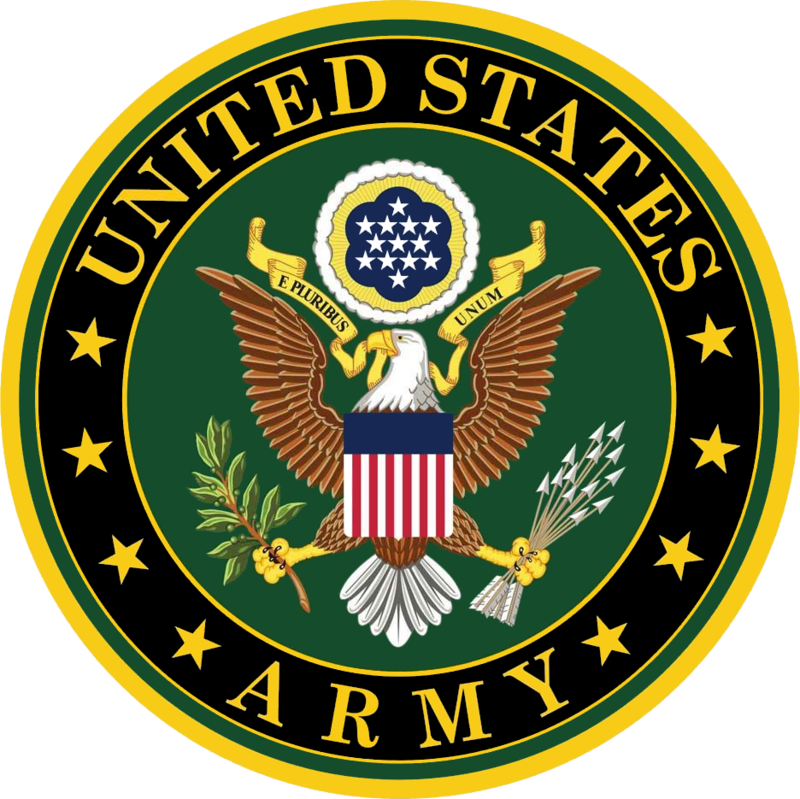ABOUT 12b combat engineers
- Versatile Builders and Fighters: The 12B Combat Engineer is a U.S. Army Military Occupational Specialty (MOS) responsible for both construction and demolition tasks on the battlefield, making them one of the Army's most versatile combat support roles.
- Origins in World War I: The combat engineer role traces its roots to "sapper" units in World War I, who dug trenches, built fortifications, and cleared obstacles under enemy fire.
- Breaching Normandy Beaches: During D-Day in World War II, combat engineers played a crucial role in breaching beach obstacles and clearing mines, enabling the Allied forces to advance inland.
- Improvised Explosive Device (IED) Experts: 12Bs are extensively trained in detecting, neutralizing, and safely removing IEDs, especially crucial during recent conflicts in Iraq and Afghanistan.
- Bridge Builders: Combat engineers regularly construct temporary bridges, such as the iconic Bailey bridge, allowing troops and vehicles to cross rivers and gaps during combat operations.
- Combat Role: Unlike many other engineering units, 12Bs are trained to fight as infantry if necessary, and often operate close to the front lines.
- Blowing Up Obstacles: Demolitions are a key part of the 12B’s duties, including destroying enemy bunkers, clearing obstacles with explosives, and creating anti-tank ditches.
- “Essayons” Motto: The U.S. Army Corps of Engineers’ motto, “Essayons” (French for “Let us try”), reflects the can-do spirit of combat engineers, including 12Bs.
- Honoring Fallen Engineers: The Engineer Memorial Grove at Fort Leonard Wood, where 12Bs are trained, honors those who gave their lives in service as combat engineers.
- Modern Engineering Vehicles: 12Bs operate specialized vehicles like the M1150 Assault Breacher Vehicle (ABV) and the Armored Vehicle Launched Bridge (AVLB), which help clear minefields and deploy bridges in combat zones.

